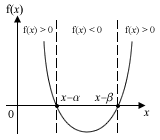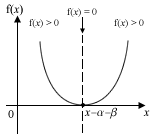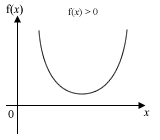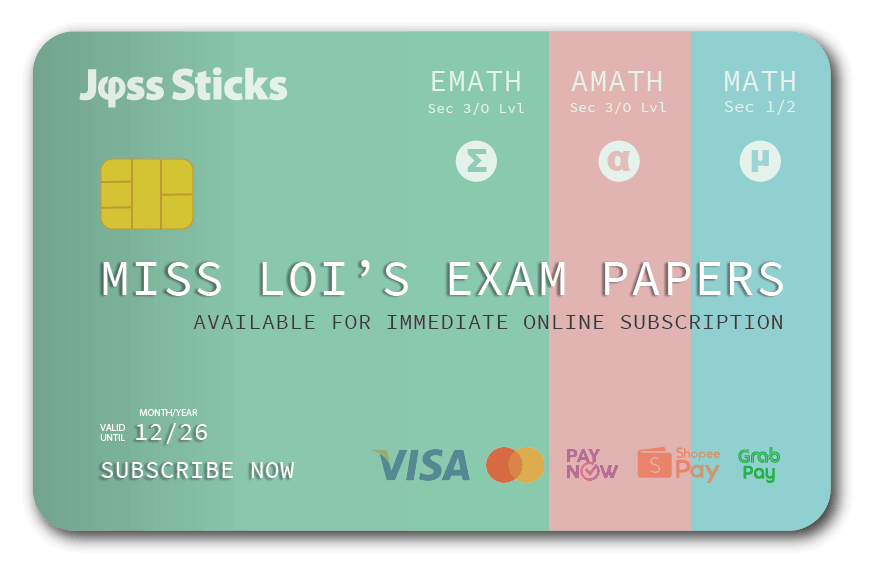To the Mathematics aristocrats who feel that questions here are getting “so easy, my grandma can do it!“: It’s now crunchtime for the O-Levels, not the Maths Olympiad. Time to forget that killer prelim paper from your elite school. Instead, it’s time to focus on getting that distinction by simply answering more standard TYS questions correctly than 75% of your cohort.
Though modern science has shown that Singaporean math students are the best in the world, the O-Levels are really just a collection of standard questions for the vast global student population. And to many, these seemingly easy questions could be cases of “so difficult, my grandma will kill me!“.
Instead, more pressing are the massive, massive numbers of careless mistakes tragically commited by students each year. That’s where Miss Loi comes in now – to nag you to death forewarn you of all the age-old traps that might lead to your downfall.
Take for instance this scheming pair that have been recently appearing side-by-side in your TYS:
- Find the range of values of x for which (1-3x)(x+2) ≤ 4.
- Find the range of values of p for which x2 – (p + 3)x + 2p + 3 > 0 for all values of x.
Note that one asks for the range of x while the other asks for the range of p. Miss Loi shall give it all away by revealing one requires you to find the discriminant while the other requires the roots. But both parts look so similar. So which is which?
Shouldn’t be a problem for the aristocrats and their grandmas, but for the rest of the grandmas out there the Quadratic Equations chapter can be a long and confusing one with all those sexy curves that naughty male students never fail to make jokes of. Tsk.
In any case, Miss Loi shall be nice by providing this chart that will hopefully refresh all grandmas’ ageing memories:
| Discriminant b2-4ac | f(x) = (x–α)(x–β) |
|---|---|
| > 0 |  |
| = 0 |  |
| < 0 |  |
Now go for it Granny Power!

 Miss Loi is a full-time private tutor in Singapore specializing in O-Level Maths tuition. Her life’s calling is to eradicate the terrifying LMBFH Syndrome off the face of this planet. For over years she has been a savior to countless students …
Miss Loi is a full-time private tutor in Singapore specializing in O-Level Maths tuition. Her life’s calling is to eradicate the terrifying LMBFH Syndrome off the face of this planet. For over years she has been a savior to countless students … 




















